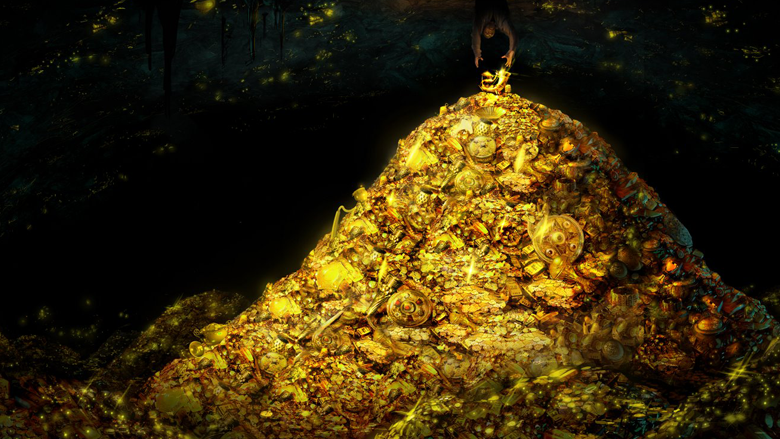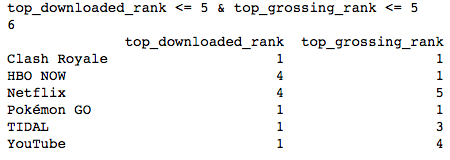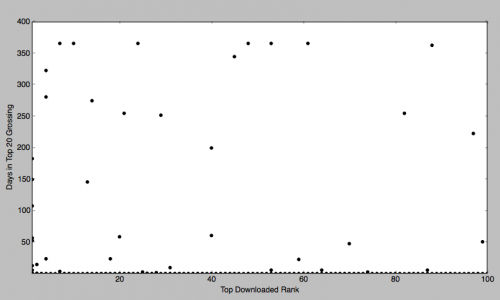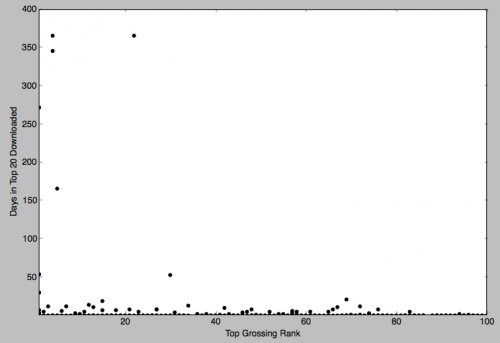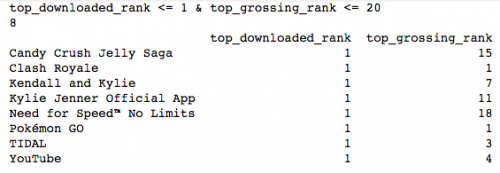Eric Seufert, former vice president of acquisition and user engagement at Rovio and partner at the consulting agency Heracles Media, spoke about how a place in the top downloads affects the cash register of the application.
The original version of the material can be found on Mobile Dev Memo, a website dedicated to the mobile industry, run by Eric Seferth himself, author of the book Freemium Economics.
If a game hits the top of downloads in the App Store or Google Play, especially immediately after launch, then this is usually considered a good sign. Games such as Clash Royale or Pokémon GO, which hit both the top downloads and the box office top after launch, and then remained in the same positions for many days, seem to be an example of how mass popularity can increase revenue.
But these examples are an exception. Very few applications remain in the top both in terms of grossing and downloads at the same time. In fact, over the past few years, only six applications have simultaneously occupied the top 5 in terms of downloads and grossing (editor’s note: here and further Sefert talks about the US market).
(It means that at some point they occupied each of these positions, but not necessarily both at the same time. I note that the study does not take into account the age of the application. Only getting/falling out of the top by downloads and checkout is taken into account)
Apparently, there is a very weak connection between being in the top by downloads and in the cash top. This graph shows the ratio of the highest positions that the studied applications have reached over the past year to the number of days that the applications spent in the cash top.
On the same chart, the opposite situation is: this reflects the ratio of the highest position in the box office top that applications have achieved over the past year to the number of days that applications have spent in the top 20 by downloads.
The significant difference between these two images is probably due to a marketing strategy: for applications that develop on the same principle as a long-term business, growth follows revenue. The assumption is confirmed by the fact that out of 72 applications that have been in the top 20 at the box office over the past year, 8 took first place in downloads.
Of these 8 – 5 lasted in the top 20 at the box office for at least 30 days.
This raises an interesting question: when applications are brought to the top immediately after launch or during any major events, do their authors think strategically? Of the 53 apps that have been on the 1st place in downloads over the past year, 39 (74%) have not spent a single day in the top 50 at the box office. Of course, sometimes it is useful to advertise the game everywhere in order to bring it to the top of the charts. But obviously not always.
A source: Mobile Dev Memo

